Cēsis: 5 Spots to Escape From Other Tourists in Latvia
The May Park in Cēsis was the last place I was expecting to be dragged into a speech on “democracy”. Being 3 hours from Latvia‘s capital, Rīga, there weren’t many people in this tidy and pretty town when I was there, let alone tourists. Perfect for minding my own business, or so I thought.
What to see in Cēsis
Cēsis town centre
Far from being an unimportant place unworthy of visitors, however, Cēsis was the site of several major battles over the centuries, including the 1919 Battle of Cēsis. The obelisk which stands in the middle of a roundabout marks the victory of the combined Estonian and Latvian forces over the Germans and a turning point in their respective wars of independence.
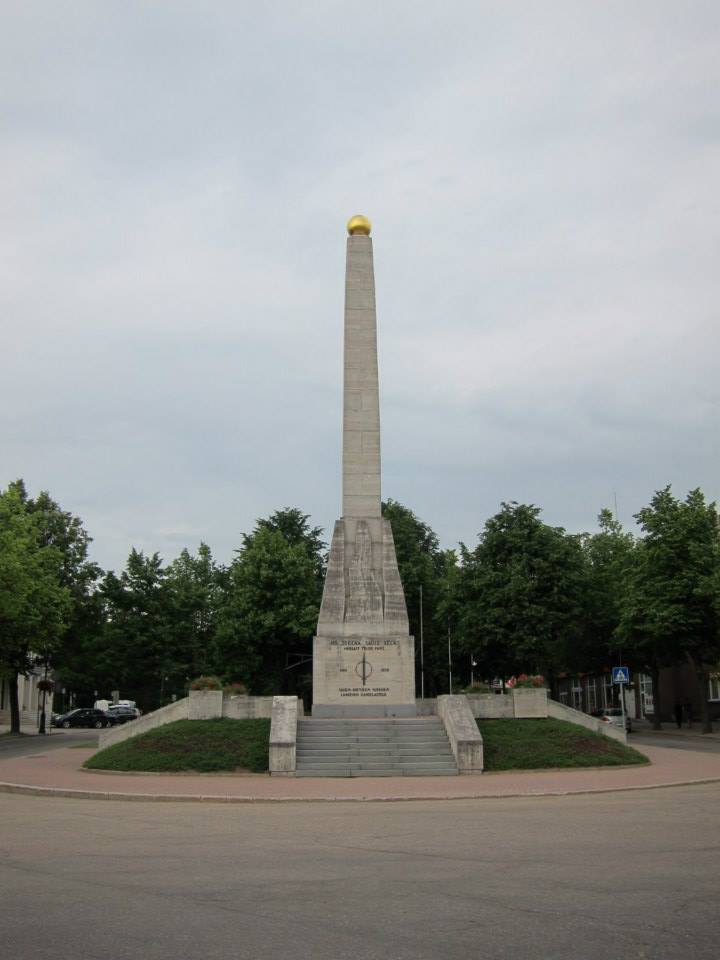
Despite the wars, the place still seems to look the way it did 100 or more years ago – if one leaves out the cars, the TV antennae and a few other things, of course. People spoke in Latvian all around me, including even the friendly server in the cafe who attended to me. It was all good.
There is no tourist office inside the train station, unlike in nearby Sīgulda, although there is a map of the important landmarks. Following the blue signs that led to tourist information centre is easy, however. They mark a scenic route through the old town that includes the remains of the old town walls, the victory monument, a former secret police headquarters and several historic buildings.
If you’d rather not be as clueless about the old houses that you’ll pass as I was, a map can be downloaded from the Cēsis tourism website.
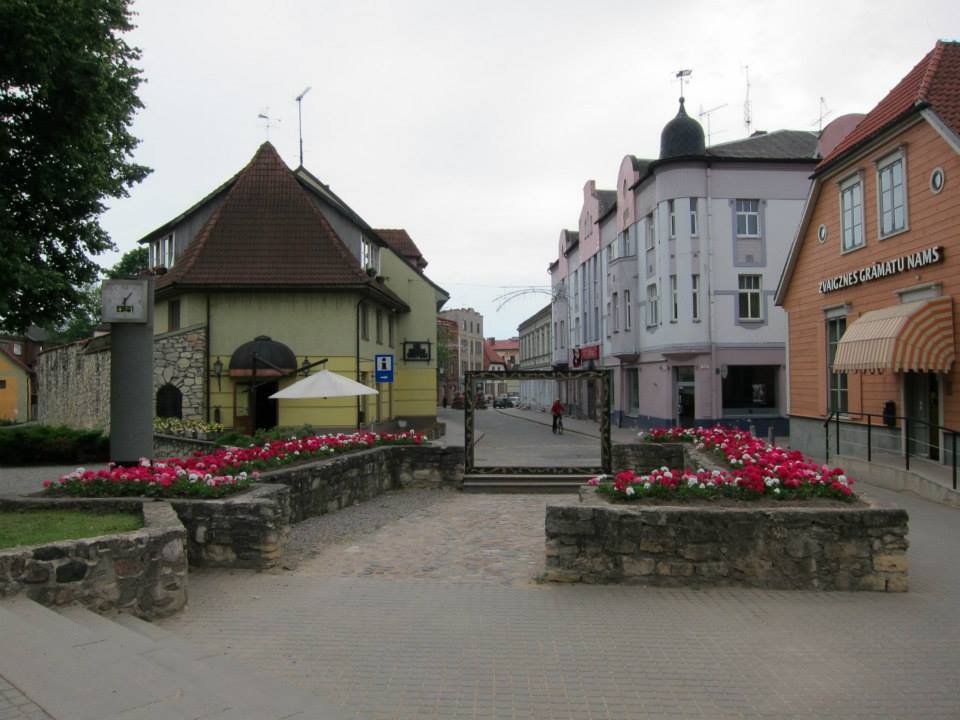
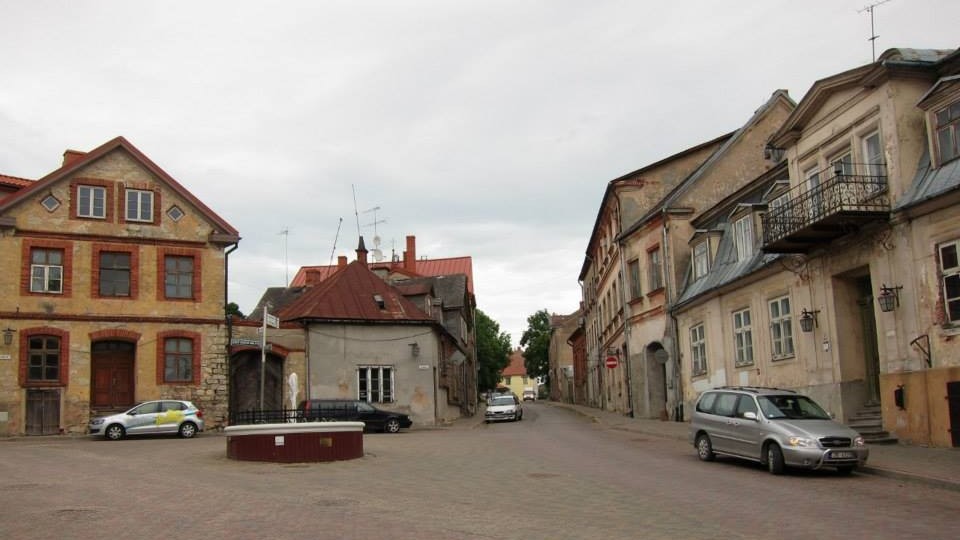
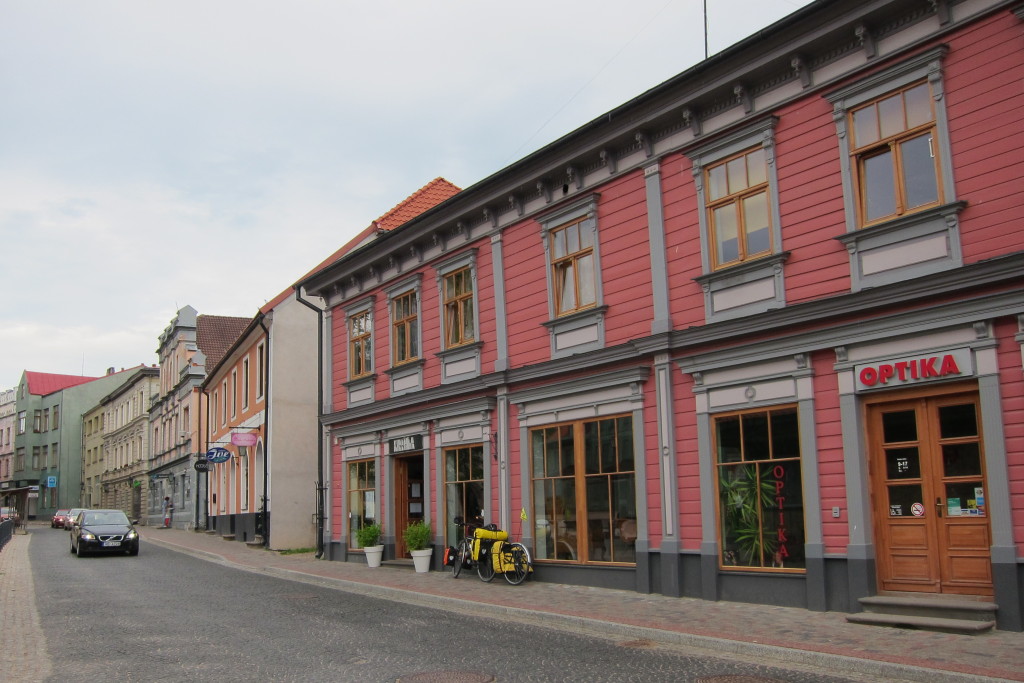
Cēsis new castle
The information centre is housed inside the 18th-Century new castle, or newer castle if you will, along with the town’s historic museum. The tourist counter-cum-souvenir shop is staffed by helpful people loaded with maps and a good command of English. They gave the only other visitors I saw excursion ideas for their stay in the region.

The stucco-clad walls of the manor house were built over the gatehouse of the mediaeval castle. It still serves as the entrance to the town’s most recognisable icon. There is no electricity inside the castle, no nasty cables adorn the walls and nothing illuminates its dark stairwells. For the entrance fee of 3 Euros, I received admission to the grounds and a candlelit lantern. It was a nice authentic touch; sadly my possession of a digital camera and a mobile phone kind of ruined it.
Cēsis mediaeval castle
Prior to this trip, all the castles that I had been in were turned into places that buzzed with tourist or government activity. Not this one though. The grounds are well swept, but the absence of other souls makes it quite eerie. I’d never seen a ghost before and I wasn’t hoping to do so here. If someone else did show up, one couldn’t be sure it was a real person. It’d be a mean prank to walk around in period dress and bomb someone’s photos.
As for the castle itself, it follows the classic fortress archetype: a moat surrounding thick, heavy walls which join towers that look like chess pieces. Neglect and decay may have left it looking austere, but the remnants of the vaults hint at what were once majestic interiors. I would have loved to drink mead under that ceiling.
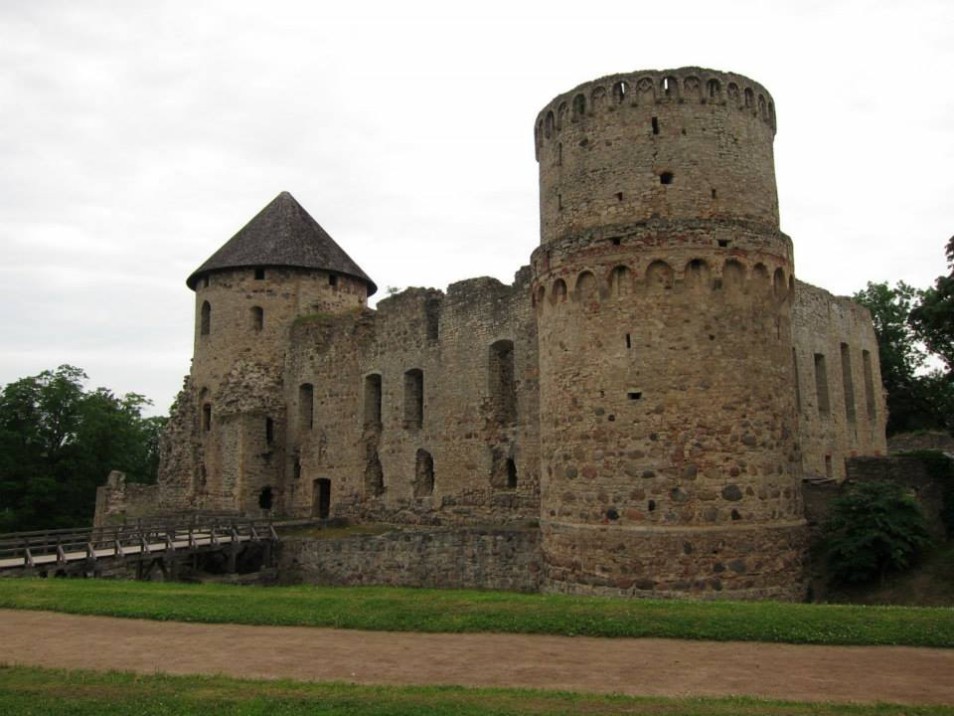
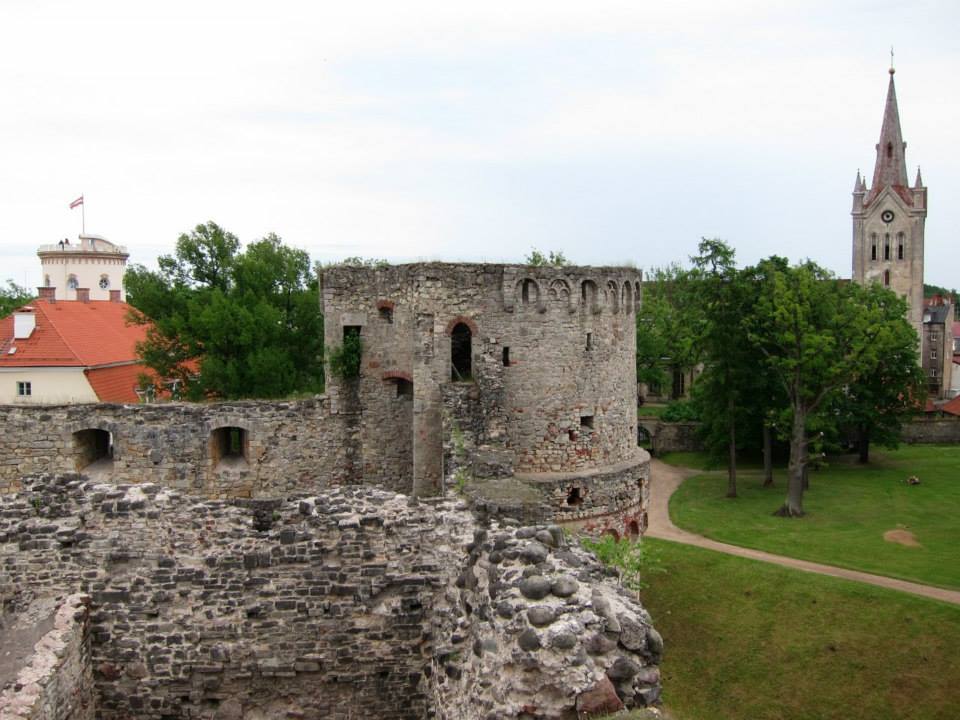
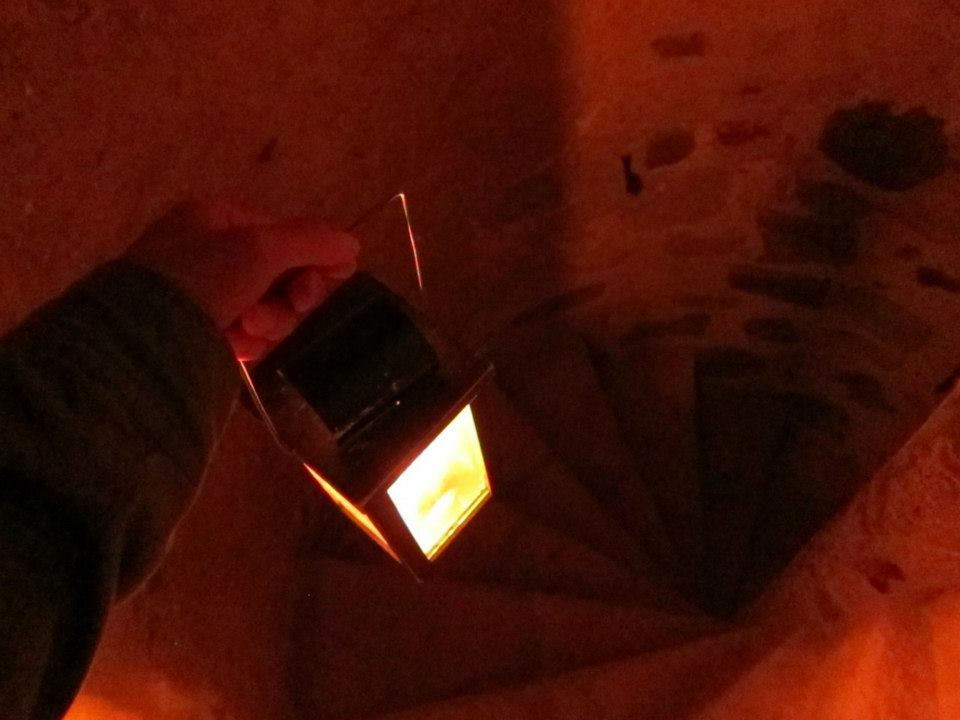
Another “minor” Eastern European castle to check out: Lublin Castle in Poland
St John’s Church
The imposing church dates from the 13th Century and it looks the part. It has been rebuilt and repaired many times; the walls had been crying for a fresh coat of paint for so long that it doesn’t need it anymore. The scruffy exterior has some character now and I’ll be sad if it ever gets cleaned up.

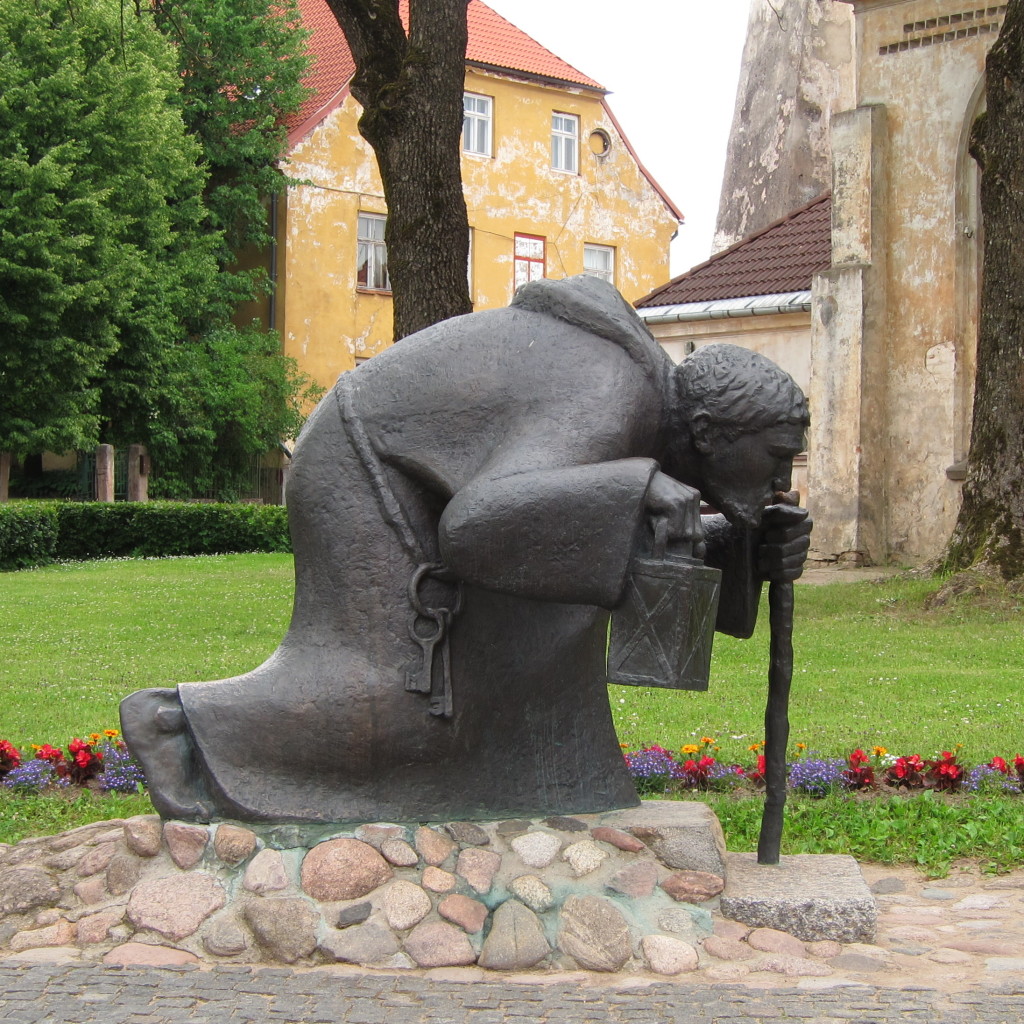
That said, other repairs to the church have been carried out slowly. I don’t know when they last emptied the donation pan but it was filled with coins from around the world. I wasn’t sure what to make of it: were they displaying how far their visitors come from with pride or their annoyance at receiving all these useless currencies?
Once again, no one else (other than an elderly attendant) was around. I had the old gravestones and effigies of knights and bishops for company instead; they were moved to the sides of the church some time back, saving them from the effects of being trampled underfoot. The acoustics are good enough for the church to host regular concerts too.
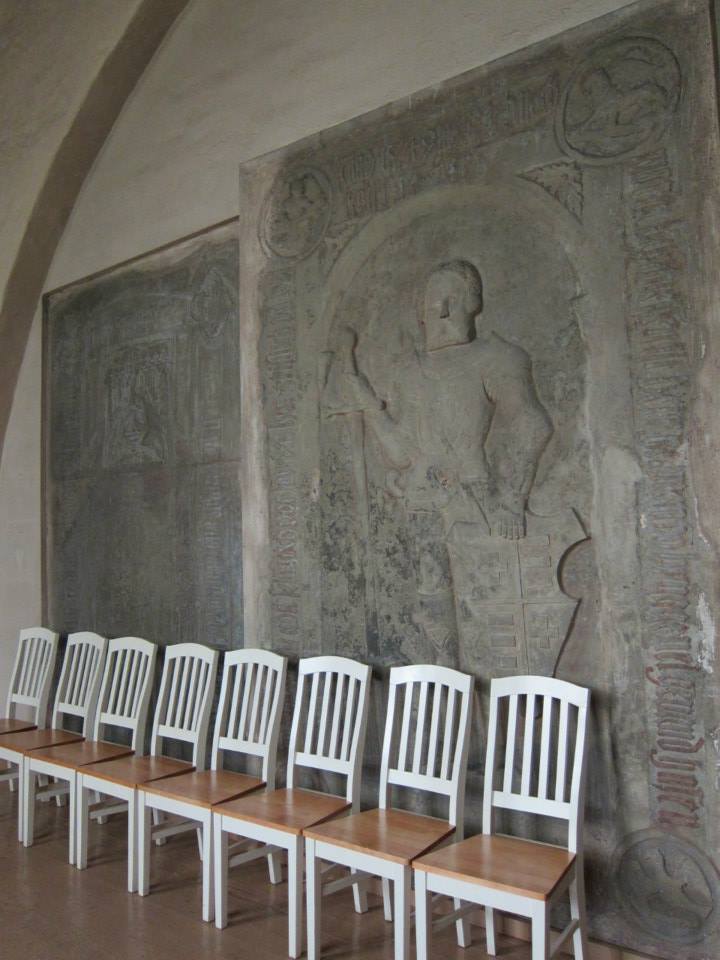
For a small fee, one can climb to the top of the belfry and look down on the castle and the rest of Cēsis. I could see the odd apartment block and factory in the distance but the forest of the Gauja National Park takes up the most real estate. It really adds to the feeling of isolation. It guilts people into giving a bit more to keep the church in one piece – in the local currency.
Maija Parks
The May Park was a peaceful place in the middle of an already quiet town. Whimsical sculptures dotted the place, a few men shot the breeze on the benches and on the terraces of the hotel. I put the feeling down to the water features. A pair of black swans had taken up residence in the pond and the locals even built a shelter over their nest.
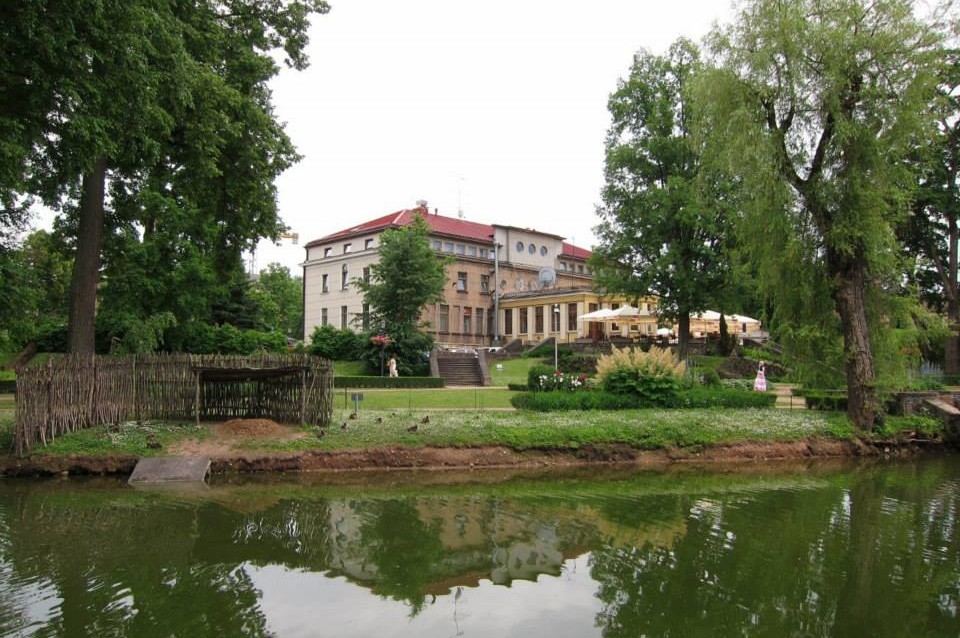
A random encounter
An accented but confident greeting interrupted my thoughts.
‘Hi, where are you from?’
2 hours and 5 minutes had elapsed since I last heard spoken English in the new castle. The voice came from a young lad sitting on a bench. He may have been taller than me but he didn’t seem threatening. His eyes lit up when he heard I was from a place near Malaysia and Indonesia.
‘That’s where they kill people, right? For weed?’
His tone was one of curiosity rather than condescension. Yes, they do that. Death by hanging or firing squad if one is caught with too much. Weed hasn’t done much for me anyway.
‘It’s not good. Weed is beautiful, it should be a universal right. When everyone is free to enjoy weed, that is democracy.’
Whatever you say, mate. Now I’m not sure the reason you’re speaking slowly is that English isn’t your native language.

After changing the subject to swans, we parted ways as I had to return to Rīga. I wasn’t spooked; random surprises like that make solo travel enjoyable. What are the chances of that happening in the capital, where tourists are everywhere?
I may not visit Cēsis again but I wholeheartedly recommend a day trip there, the surrounding national park and the nearby Āraiši village. If one is heading to Sīgulda anyway, it’s just 40 minutes away. Few other places offer such an accessible, rustic setting without the crowds.
26/02/2015 @ 6:22 PM
Your post title made me chuckle because it’s hard to imagine any place in Latvia as being crowded ;-)
Cesis does look super quaint and charming – I plan to visit this autumn.
03/03/2015 @ 1:54 AM
It will make Riga seem so, especially since there were absolutely no tour buses! I hope you’ll like it too.